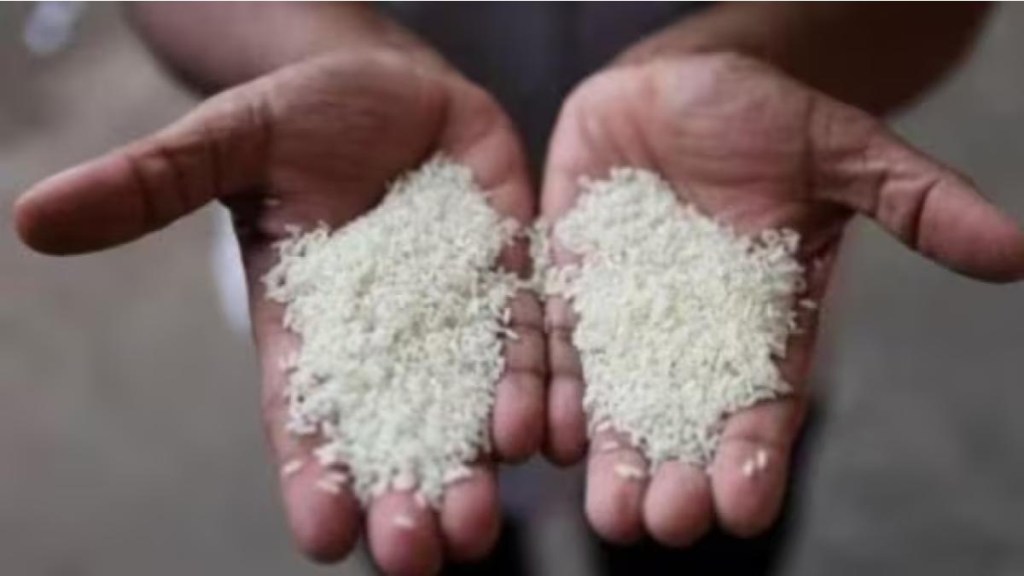The government on Saturday lifted the ban on non-Basmati white rice exports and imposed a minimum export price (MEP) of $490/ tonne on it, exempting the commodity from export duty.
As per a directorate general of foreign trade (DGFT) notification, the MEP on white rice come into immediate effect. Just a fortnight after the MEP of Basmati rice was removed, the government late on Friday had cut the export duty on parboiled rice to 10% from 20%.
To curb rise in prices and improve domestic supplies, the government had in September last year banned exports of white rice and subsequently had imposed a 20% export duty on parboiled rice.
However, India had allowed white rice exports for meeting the food security needs of many countries and on the basis of requests from their governments.
“As India reasserts its dominance in the global rice market, African nations and other countries dependent on our white rice exports will greatly benefit. This forward-thinking policy will catapult India to the forefront of the international rice trade,” Suraj Agarwal, CEO, Rice Villa, told FE.
Because of adequate monsoon rains and hugely surplus rice stocks with the Food Corporation of India (FCI), the government has relaxed export restrictions on rice, trade sources said.
Current rice stock with FCI is 38.9 million tonne (MT), which includes 7.43 MT rice receivable from millers. The rice stock is against the buffer norm of 10.25 MT for October 1.
Overall cereal inflation declined to 7.31% in August on year. Retail rice prices rose by 9.52% last month compared to 10.89% in June.
On September 13, the MEP for Basmati rice of $950/tonne was dispensed with. At 41.35 million hectare (MH), paddy sowing has been up more than 2.2% on year so far.
“Our overall rice production will be more than last year despite flooding because rice planting is higher this year,” Shivraj Singh Chouhan, agriculture minister recently said.

